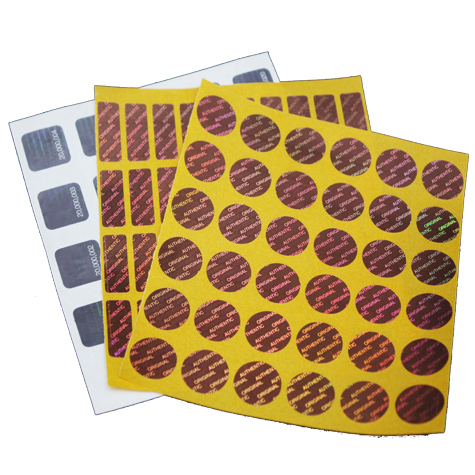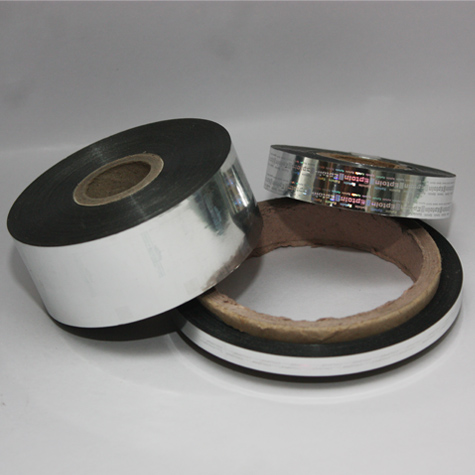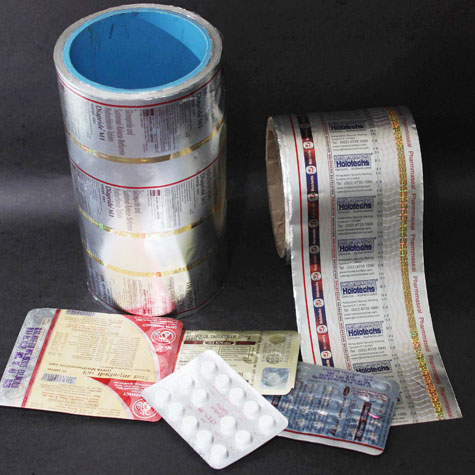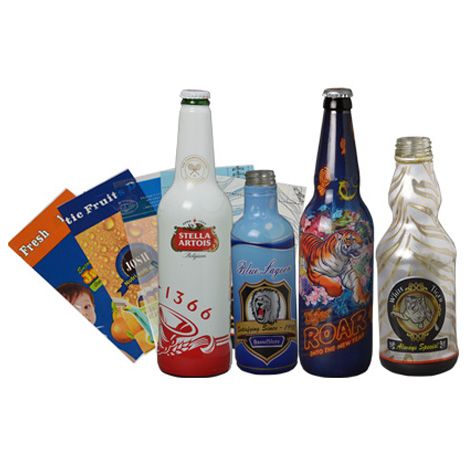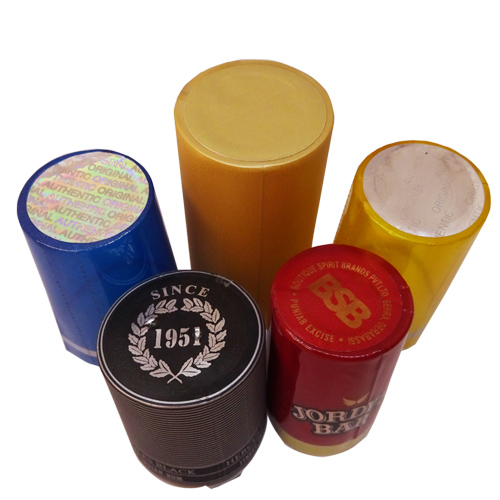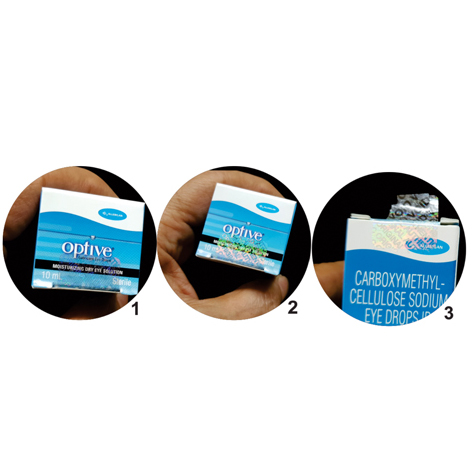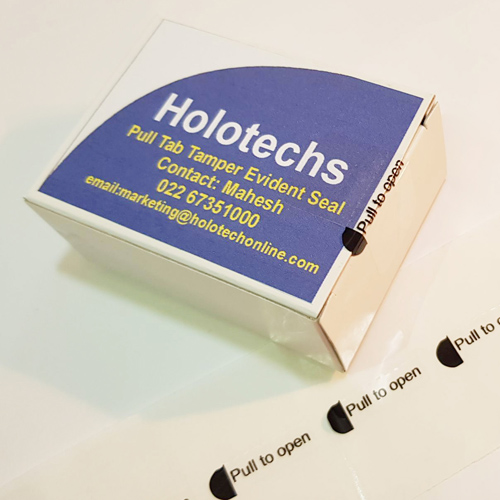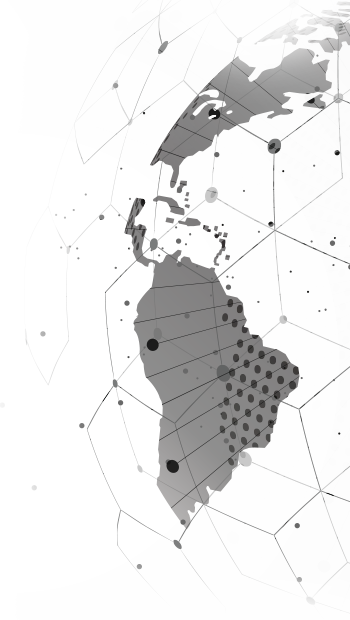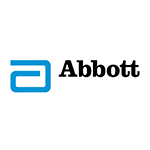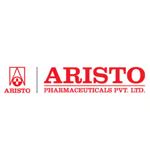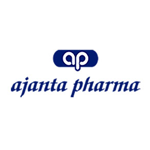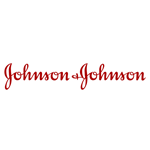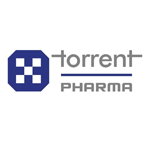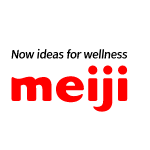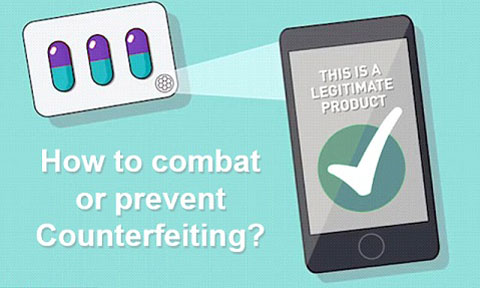
WHAT IS THE BEST WAY TO COMBAT OR PREVENT COUNTERFEITING?
Hologram is the most effective product to combat counterfeiting....

HOW BAD IS COUNTERFEITING IN INDIA?
Counterfeiting is a menace for all the successful brands, in fact one can say that...
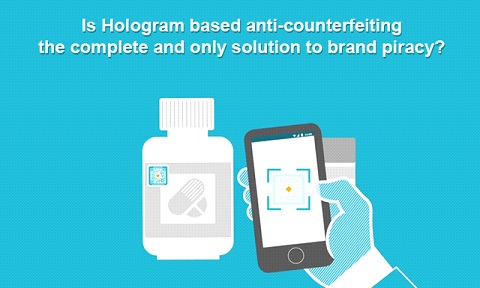
IS HOLOGRAM BASED ANTI-COUNTERFEITING THE COMPLETE AND ONLY SOLUTION TO BRAND PIRACY?
Today all brands are at war. In war everything is in a flux, nothing remains constant....
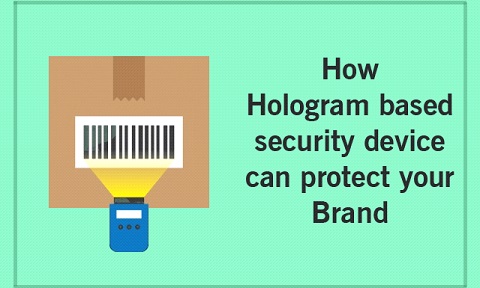
HOW HOLOGRAM BASED SECURITY DEVICE CAN PROTECT YOUR BRAND?
Counterfeiting is considered to be a major threat by the packaging industry....
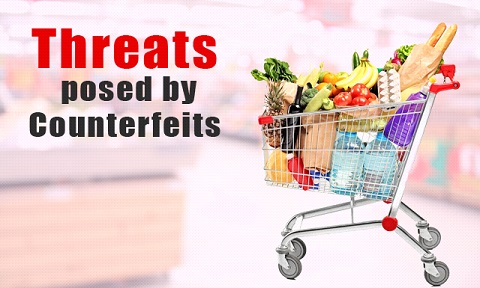
COURTESY COUNTERFEITS, THREAT TO LIFE, IS HIGHER TODAY
The threat posed by counterfeits, cheap pass-offs and smuggling are higher...
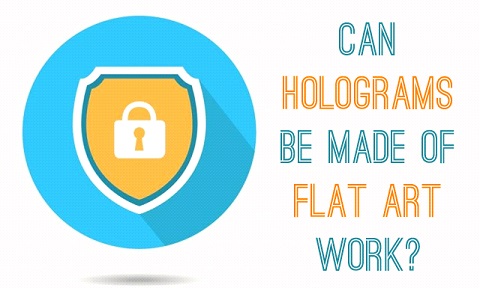
CAN HOLOGRAMS BE MADE OF FLAT ART WORK?
A hologram can be made from flat art designs but it will not add any depth...
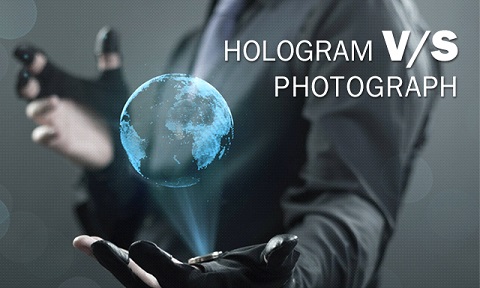
HOW HOLOGRAM DIFFERS FROM A PHOTOGRAPH
The hologram records an infinite number of views of the object, whereas a ...
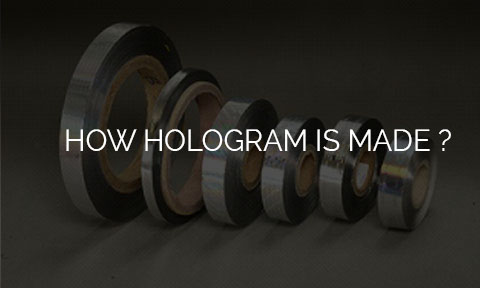
HOW HOLOGRAM IS MADE?
Holography is the science of recording interference pattern of light in space specific to an object...

Danger - Branded to Generic
The government has thrown a “cat among the pigeons” by demanding that medicines be sold with generics names...

Maintaining the wellbeing of a Brand
The wellbeing of a company’s brands is the senior managements’ responsibility. Senior management understand that...










